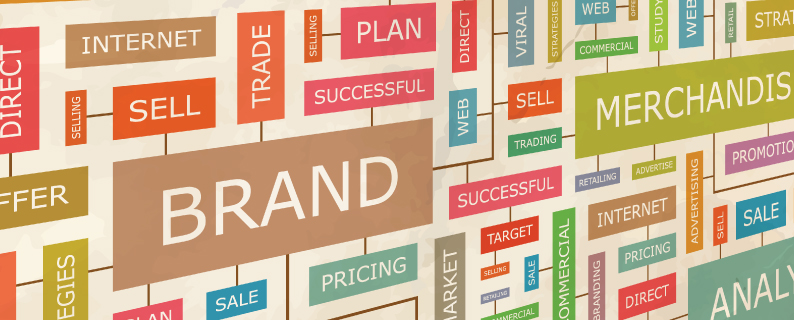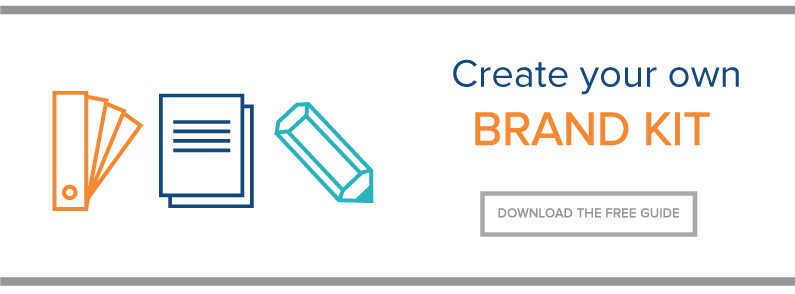What is a brand?
It is a simple question, but when you search Google, there are 750,000,000 different results. That is a lot of opinions. definitions and ideas. So who is right? Honestly, most of the answers feel like variations on the same general theme: Your brand is defined, not by you, but by your customers. You can influence how the public thinks and feels about your brand, but at the end of the day all you can do is influence.
This definition of branding is not new
Despite popular opinion it wasn’t the Internet which gave consumers control over your brand. Long before smart phones, Facebook, or personal blogs, consumers had opinions about brands. While there are more tools at your disposal today to influence what people think of your brand, the basics of branding haven’t changed in 30 years.
Branding basics in five easy steps
Define your customer – If you accept the idea that your brand exists in the mind of your customer, then you need to have a clear picture of who that customer is. Spend a little time crawling around inside their heads, looking at the world from their perspective. Once you do, it is much easier to clearly present your brand as a solution to the problem.
Decide who you want to be – When a prospective customer sees your logo or hears the name of your company, what do you want them to think, feel or do? Outline the elements which make your company special and uniquely qualified to solve a prospective customer’s problem. This description is often referred to as a position statement. It is more than words on paper, If it is going to have real value this position statement should reflect how your company really functions.
Avoid meaningless phrases like industry leading (everyone says that) and tell me what is really unique about you.
Create design elements – Now you are ready to think about logo, color and fonts. The design elements should be picked carefully to support your brand. When I started Roundpeg, I loved muted colors, grey-blue and mauve. My graphic designer at the time told me to go paint an office wall those colors, because Roundpeg was about fun and positive energy and those colors didn’t convey that idea. I am not saying you have to settle for colors you don’t like, it is after all your business, just be open to colors you hadn’t considered.
The same is true about the fonts you choose. Sure it is easy to pick something readable from the standard Microsoft set of fonts, but if you want to look just a little more polished and a little bit unique, go for something a bit out of the box and use it consistently.
Build your brand guide – It takes time to get customers to notice you, and even longer to form an opinion. Presenting your company consistently makes it easier for customers to recognize you as they move from your website to social media to the real world. To maintain the consistent look and feel use a brand guide to document rules for your brand including color, font, use of your logo and key messages.
Collect the assets – As you work on your brand you will have design files, font files and even documents which describe how you want to present your brand. Collect all of these pieces into one comprehensive brand kit. To get started, download our brand kit checklist and start growing your brand today.
Once you complete the branding basics the rest of marketing is much easier.
Roundpeg is an Indianapolis graphic design firm.


